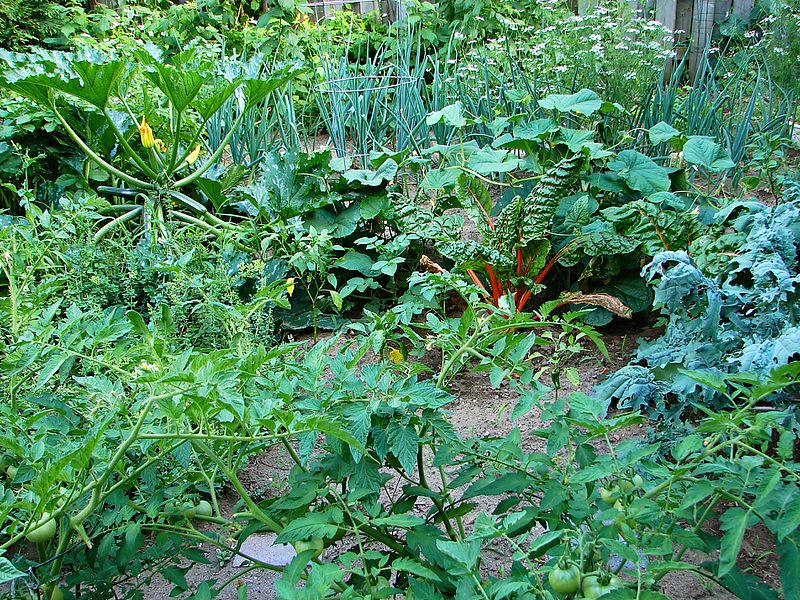
Gardening is a great activity for children to learn about and connect with nature and their food. But children are especially sensitive to toxic substances such as lead and pesticides. Home and school gardens should focus on using non-toxic gardening tools and methods to protect children’s health while teaching them sustainable ways to work with the earth. But if you’re unwittingly using toxic gardening tools, toxic containers, or toxic soil and water, your vegetables will contain, yep, you guessed it, toxic substances!
Choosing organic vegetable starts to put in your garden is a great start to ensuring that the vegetables you grow will be safe to eat. Non-organic seeds and starts are often treated with toxic neonicotinoid pestsicides, also known as “neonics”. Learn more about the harm of neonics here.
Also, make sure that your soil is not contaminated by testing for lead. If it is, we recommend doing container gardening to avoid planting in contaminated soil. *Make sure the containers are food-safe (avoid plastic buckets/containers that do not say food safe, avoid treated wood containers, avoid galvanized steel containers (they contain lead)).
*You want to ensure that what you’re putting onto your plants and soil is nontoxic too. Even in organic gardens your veggies can become contaminated if you’re using unfiltered water, which is likely to contain pesticides, pharmaceuticals, chlorine, and a host of other synthetic chemicals.
*Even if you use filtered water, your garden hose likely contains lead (most brass fittings have a very high percentage of lead) and other toxic chemicals (phthalates, lead and BPA are often found in hoses) which leach into the water.
SOLUTIONS FOR A NONTOXIC GARDEN
1. Use only organic soil and organic fertilizers and soil amendments such as organic compost tea as well as organic seeds and starts.
2. Test your soil for lead and do container gardening in food-safe containers for vegetables if your soil tests positive for lead.
3. Use a non-toxic hose. That means avoid PVC hoses and synthetic rubber hoses which contain toxic chemicals such as lead, phthalates and BPA; a safer choice is a drinking-water safe** polyurethane hose with lead-free stainless steel fittings, or lead-free brass fittings (harder to find). One company to check out is Water Right garden hoses, made in Oregon. Another is Eley hoses made in Nebraska. Both companies use polyurethane hoses that do not have PVC, lead, or other toxic chemicals common in most hoses.
**Not all ‘drinking-water safe” hoses are safe- avoid those which are treated with antimicrobials (such as Microban); they damage the soil biome.
4. Use a lead-free nozzle on the end of your garden hose or use your thumb instead of a nozzle. **Brass always contains some lead. One 99.8% lead-free brass nozzle can be found at Eley hoses website and also at www.WorldsBestBrassNozzle.com
5. If you don’t have a whole-house water filter, use an inline filter on your garden hose, your plants and your body will thank you! Some options to consider are Clear2o carbon-block garden hose filter, and Boogie-Blue KDF/GAC garden hose filter. *If you need to purchase a hose connecter, make sure it is lead-free, like this one! If you leave your hose in the sun, chemicals will leach out of it into the water-keep the hose in the shade, and run water through it before using the water on your veggies.
6. Use non-toxic garden tools. Unpainted stainless-steel that does not have a toxic PFAS coating is a safe choice-and unfortunately hard to find.
7. Some non-toxic container ideas:
a. make grow bags out of hemp, jute, or felted wool.
b. Use untreated, sustainable wood containers.
c. Use only food-safe plastic containers, which are ONLY those that are made with plastics #1, #2, #4, or #5.


